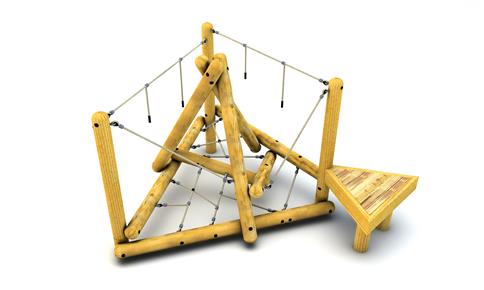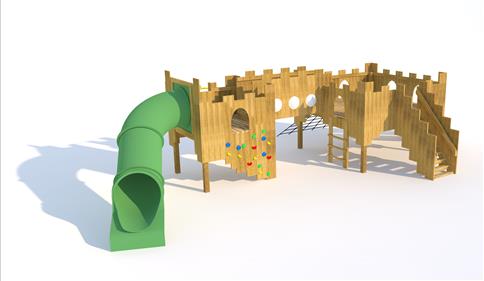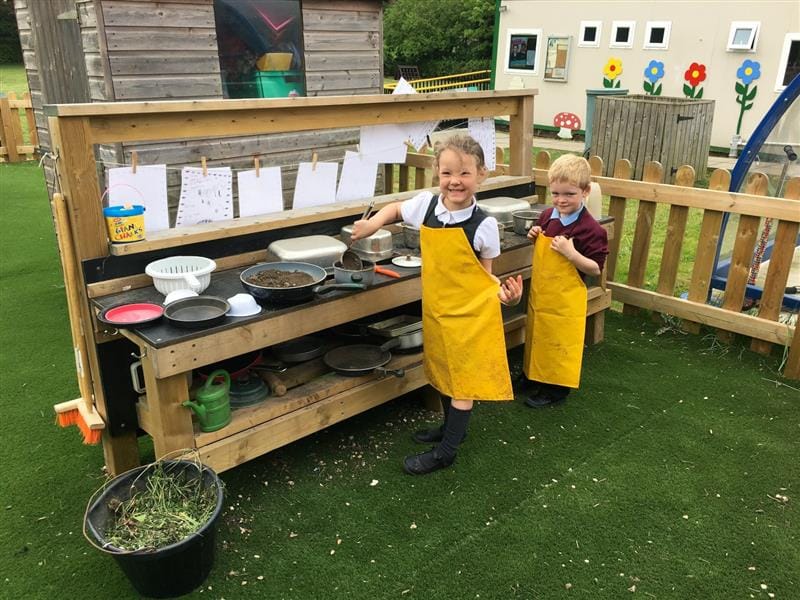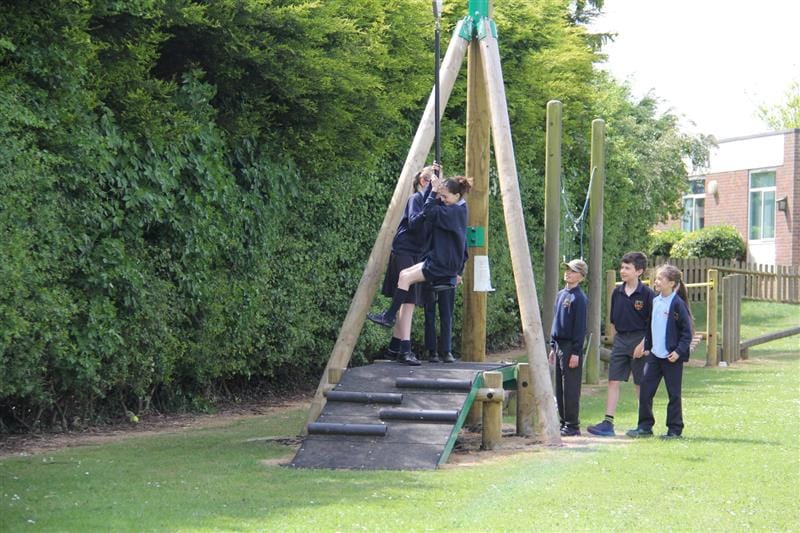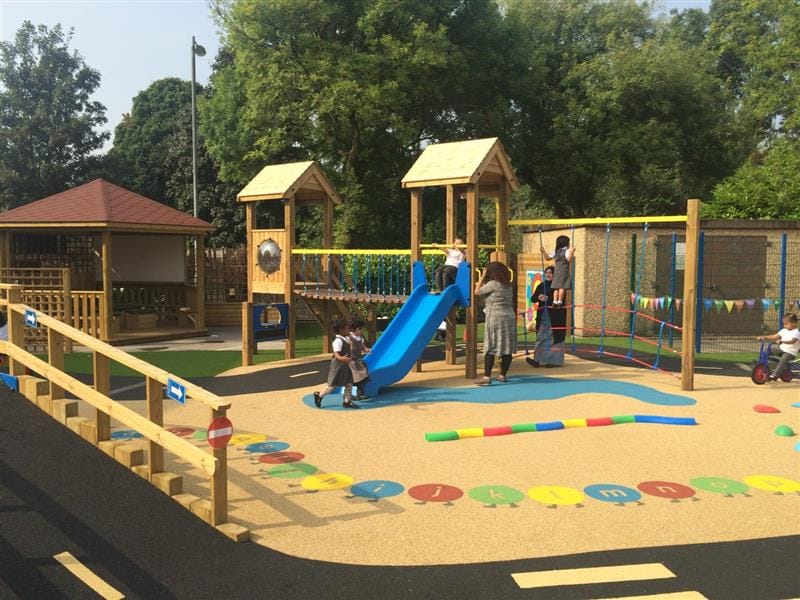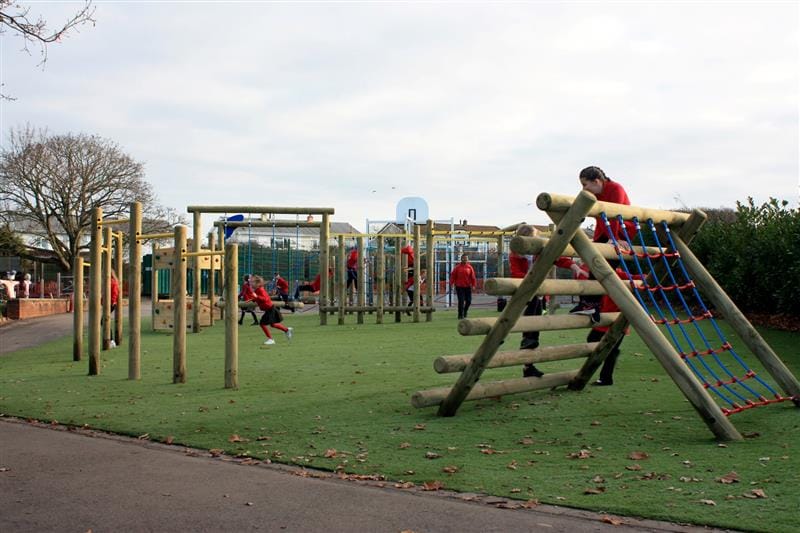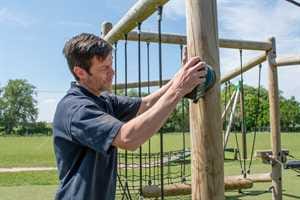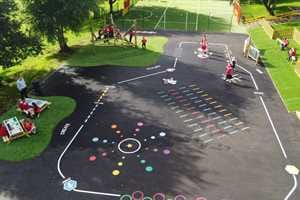
Playground Design
Allow children to explore risk on the playground
Since the world is full of risks, children need to learn to recognize and respond to them in order to protect themselves and to develop their own risk-assessment capabilities
Life is a risk. And the world needs risk takers. Since time began, humankind has evolved to become the species that we are today through generations of people taking risks, getting out there, testing, exploring and pushing the boundaries to see what is possible.
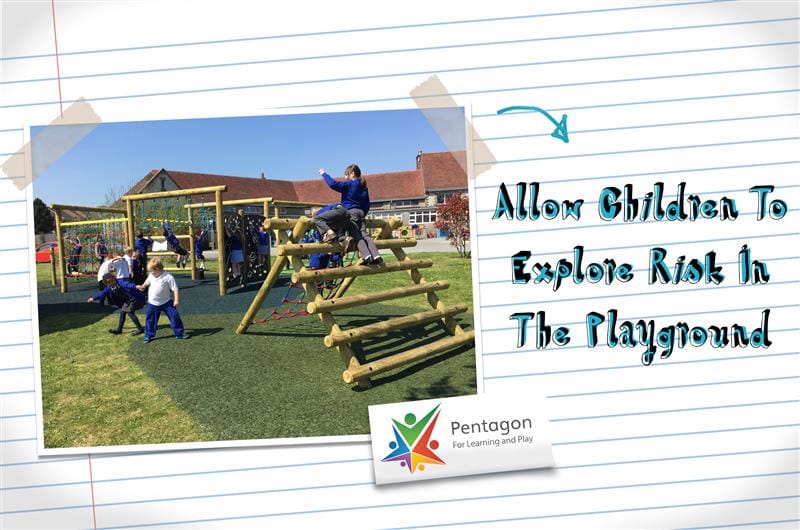
Children need to take risks to learn how to manage risk. It’s an essential part of growing up.
By allowing children to experience risk, to learn for themselves what their own abilities and limitations are, we allow them to prepare for the challenges ahead, to overcome any fears of failure, and to go out into the world with the confidence to be who they are and to achieve what they want to achieve.
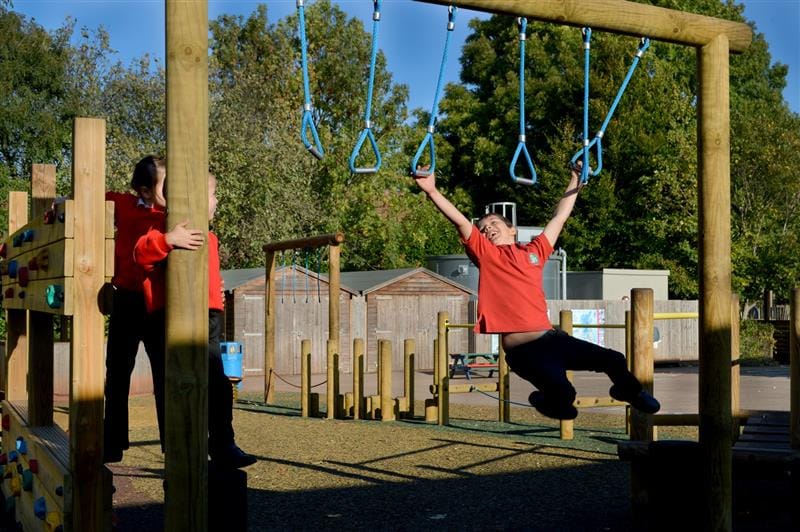
Outdoor play is all about taking risks; physical, social and cognitive.
Through outdoor play, children are constantly trying out new things. Moving from one adventure to the next, they face the risk of injury, mistakes and unpredictable outcomes, but it doesn’t stop them.
In fact they love it. They embrace life through play and they learn a lot in the process.

Of course, nobody wants to see a child getting hurt. But only exposing them to super safe environments presents a different problem.
It denies children opportunities to practice risk assessment, where they learn to balance their own skills and abilities with the surrounding environment.
They don’t learn how to read situations they face, and as a result they are left either too scared and lacking in self confidence to take any kind of risk, or too foolhardy and liable to get seriously hurt or find themselves in real trouble.
Risk-taking is vital for a child’s well-being, allowing them to learn important lessons about themselves and developing an understanding of the world that can only be acquired through experience.
How to be safe. Caution, courage and resilience. They need opportunities to fail, to become more savvy about themselves and their environment.
Children learn from their mistakes and they rarely repeat them. And children who are more confident about taking chances in life are more likely to rebound well if things don’t always work out the first time.
Product Spotlight
The International School Grounds Alliance, a global network of organisations and professionals which works to enrich children’s learning and play by improving the way that school grounds are used, actively promotes risk taking on school grounds.
It states that “School grounds should not be as safe as possible, but as safe as necessary,” and that “Risk taking opportunities are an essential component of any school ground.”
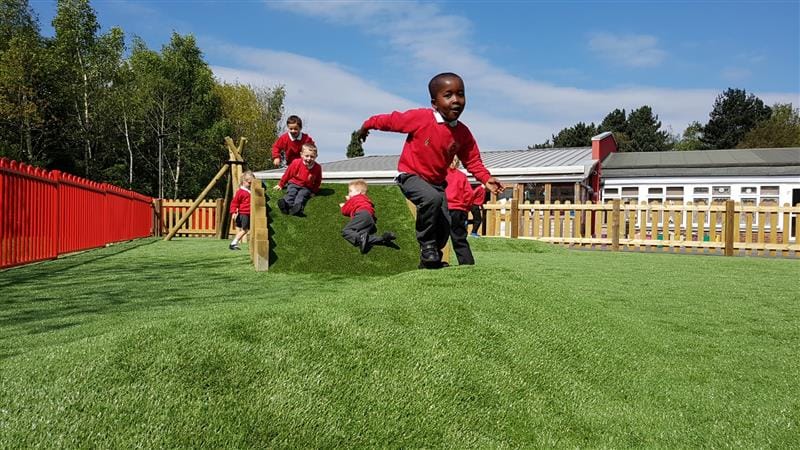
Adventurous Playgrounds in Schools
Given the opportunity to participate freely in adventurous play, and a really good playground that promotes all sorts of different elements of risk-taking, children soon learn to assess and manage risk.
The Alliance for Childhood commissioned a study of adventure playgrounds in England, and found that the accident level in adventurous playgrounds is far lower than in other types of playground.
School playgrounds are the ideal environment for allowing children to experience and learn about risk safely.
Teachers and staff are there to supervise and guide where necessary, there a certain boundaries that must be respected, and the environment is generally clean and free of real hazards (such as broken equipment or debris) that children could be seriously hurt by elsewhere.
Here is a list of adventurous play equipment for children to take managed risks on:

1. Climbing Walls, Trim Trails and Climbing Frames
All of these present elements of danger, for example through risk of falls or climbing further and higher and having to navigate a way back down.
They require balance, route planning and assessment. They use all different parts of the body and require children to explore and stretch their own physical limits.
Children will ask themselves “How high can I climb?” or “Can I stay balanced all the way across this beam without falling off?”
View our active range of Trim Trails and Climbing Frames!
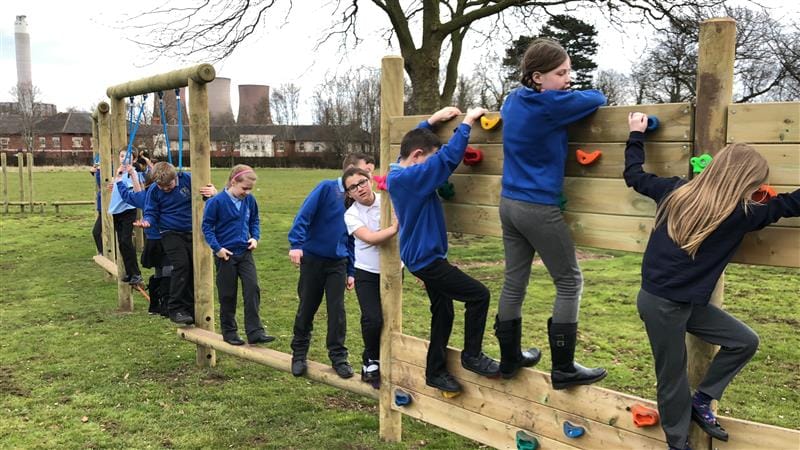
2. Messy mud and/or water play
Involves digging and exploring different textures presents a different type of risk.
Getting a bit dirty, trying new things, using all of the senses and discovering what they like and don’t like, what they are prepared to try and what makes them uncomfortable.
What will happen to them if they get dirty or if they touch something that they don’t like the look of?
View our range of Messy Play Products.
3. Den building
Discovering what works structurally or what will collapse, break, potentially cause damage or be “unsafe” to play in.Children ask themselves “Is this den strong enough to support me, not to squash me, to keep me dry? Can I build this myself and how can I get others to help me? Am I brave enough to go inside?”
Take a closer look at our Den Building Products.
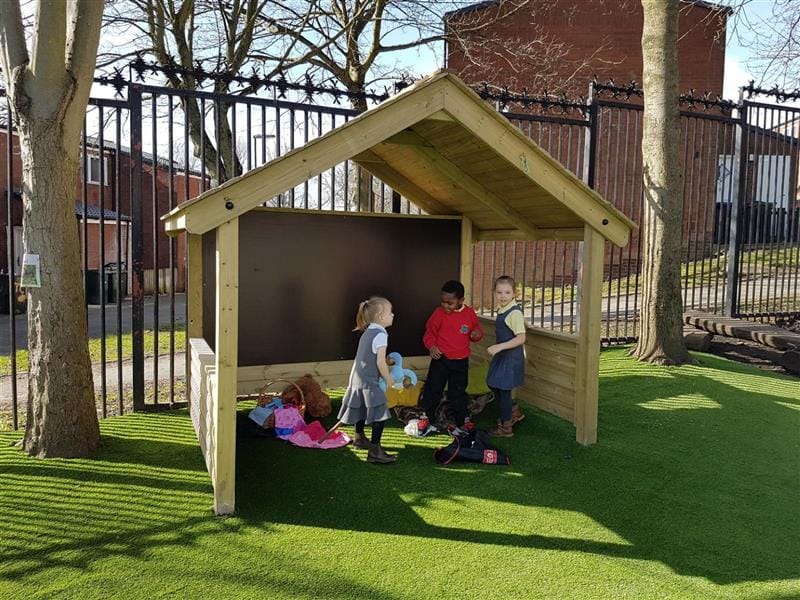
4. Role play
Role play is essential for experiencing social risk. The make-believe element of role play allows children to experience and master a full range of challenges, and their emotional responses to them, in practice for negotiating real life.
Through outdoor play children can enjoy all sorts of role play activities where they experiment with different ideas and explore their own opinions and thoughts of how the world works, as well as those of others.
They take on different roles and see what works for them. There is always an element of risk.
Will they make new friendships? How will others react to them, teachers and peers, and how do they feel about this? What will their own reaction be to experimenting with different roles? Where do they fit in? They take risks in testing social boundaries and learning what does and what doesn’t have good outcomes.
We have an exciting range of Imaginative and Creative Play Products that promote role play.
Supporting Children in their Risk-Taking
Of course there are some guidelines to follow. It’s better not to encourage children to climb higher than they are really prepared to go. Let them find their own limits and over time they became braver and more adept.
At the same time, don’t hold them back if they seem confident and capable.
The idea is not to bypass their own developing ability to risk-assess. As adults, it is also about looking at our own fears of and our ways of performing risk assessments. If they are going to fall into a muddy puddle, what’s the worst that can really happen?
There are always spare clothes and washing machines. If an argument starts to develop, trust them (within reason) to resolve it themselves. If they don’t take a step they will never learn to walk.
Providing opportunities for children to experience age-appropriate risk is essential. Real hazards are to be avoided.
Schools should always provide high quality playground equipment that is well designed and unlikely to malfunction.
School grounds and play equipment should be inspected regularly for breakages. Hazards present invisible risks that children cannot see, and so cannot risk-assess for themselves.
Playground surfacing plays an important role. Artificial Grass, Wet Pour, and Saferturf surfacing not only look fantastic in different colours and with all sorts of inspiring markings to engage children through play, but they are much kinder than concrete if someone does take a tumble!
When injuries do happen, it’s part of life and they can usually be resolved with a plaster and a hug.
Why Focus on Outdoor Play for Risk Taking?
A recent study revealed that a half of 7-12 year olds surveyed said that they have been stopped from climbing trees because it's considered too dangerous.
Many children said they have also been stopped from playing ordinary childhood games such as conkers, chase and even hide-and-seek, because of the supposed dangers.
Forty-two percent said that they were not allowed to play in their local park without an adult present.
In the government Health and Safety Executive’s “Chairman’s Blog”, they focus on the essential importance of outdoor play and letting our children experience risk:
“When I speak to employers they often tell me that it is becoming increasingly difficult to find young people to take up apprenticeships who have the physical or mechanical aptitude of people they would have interviewed 10 or 15 years earlier. They haven't built a go-kart to race down a local hill or repaired a puncture on their bike.
In HSE, we are focused on health and safety in the workplace, but it is clear that attitudes to risk are formed long before young people enter the world of work. Play - and particularly play outdoors - teaches young people how to deal with risk.
Without this awareness and learning they are ill equipped to deal with working life. Our health and safety system in Britain requires workplace risks to be managed, not eliminated, and gives people responsibility for their own wellbeing. We simply cannot afford to exclude outdoor play and learning from our children's education.”
At Pentagon Play, we have developed a wonderful range of outdoor playground equipment for schools, presenting all sorts of different risk elements for children to experiment with. We design outdoor play spaces appropriate for different age groups, and can tailor-build your space to ensure age-appropriate challenges. Have a look at our website and Contact Us here for more ideas.

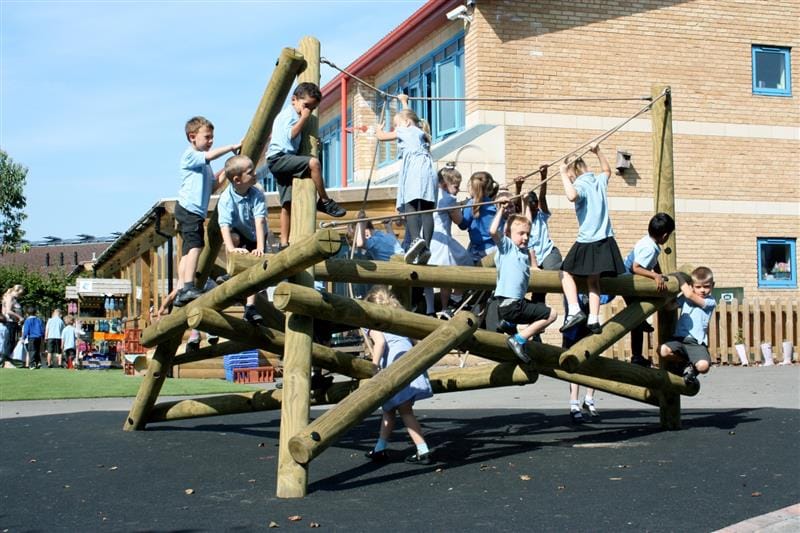
.jpg)
